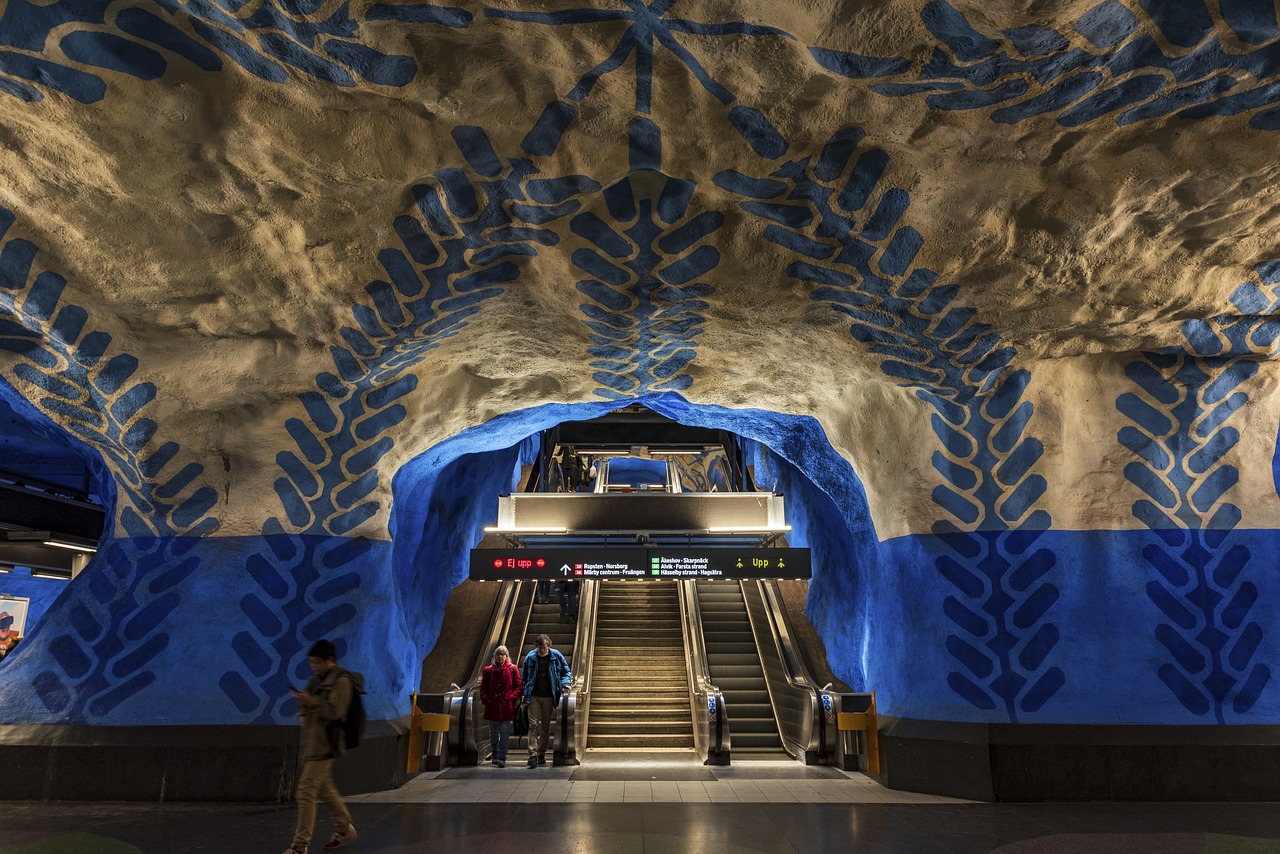In architecture, the exploration of subterranean spaces offers a compelling narrative of innovation and adaptation. While above-ground structures often capture the public’s imagination, the world beneath our feet holds a trove of architectural marvels that blend historical ingenuity with contemporary advancements. This post reveals how hidden spaces address diverse challenges, from urban density to environmental sustainability.
Ancient Underground Cities: Cappadocia, Turkey
Among the most awe-inspiring examples of subterranean architecture are the ancient underground cities of Cappadocia, Turkey. Derinkuyu, one of the largest of these subterranean complexes could once accommodate thousands of residents. Carved from soft volcanic rock, this subterranean city features a labyrinth of tunnels, chambers, and ventilation systems designed to protect its inhabitants from invasions and harsh weather.
Modern Subterranean Network: RESO, Montreal, Canada
In the 21st century, architects have reimagined subterranean spaces to meet contemporary urban challenges. Montreal’s RESO (La Ville Souterraine) exemplifies this modern approach. Spanning over 33 kilometers (20 miles), this extensive network of underground facilities integrates shopping centers, hotels, and office spaces, providing a vital link between various urban functions while shielding inhabitants from the city’s harsh winter climate. RESO illustrates how subterranean architecture can effectively address issues of urban density and climate adaptability.
In case of a Nuclear Attack: Diefenbunker, Ottawa, Canada
The Diefenbunker, constructed in Canada during the Cold War, is a monumental underground bunker built to house government officials in the event of a nuclear attack. Encompassing 100,000 square feet, the bunker includes a range of facilities such as living quarters, a hospital, and a communications center. This structure not only reflects the architectural prowess of its time but also highlights the role of subterranean design in crisis management and national defense.
Underground Living: Merging Sustainability with Luxury
As the quest for environmental sustainability intensifies, underground living has emerged as a viable solution. The Earth House Estate, designed by architect Peter Vetsch in Switzerland, showcases how subterranean homes can harmonize with the natural landscape while minimizing energy consumption. These earth-sheltered homes maintain a stable internal temperature and reduce visual impact, presenting a compelling model for sustainable residential design. Similarly, the Underground House in Las Vegas combines subterranean living with modern luxury, offering a unique blend of sustainability and high-end amenities.
Exploring these subterranean marvels not only enhances our understanding of architectural history but also inspires future developments in design. As urban environments continue to expand and environmental concerns grow, the lessons drawn from subterranean architecture will undoubtedly shape the future of architectural practice, blending ingenuity with sustainability.
